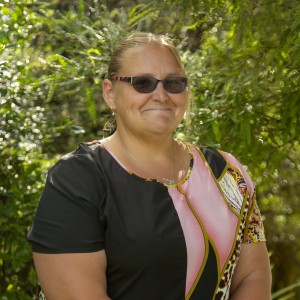It was also an example of sharing a Taonga or treasure which fitted nicely into our Inquiry ‘Precious Taonga’.
The student (Heath) designed a visual art lesson that he wanted to teach the class. The context was Shattered Glass. Heath designed 29 different vase shatter patterns to share with his peers. Just like any teacher, Heath provided some models of what he wanted the finished product to look like.
He then set about teina to teina teaching. First, Heath explained how the colour wheel worked. He showed the class the colours and explained that colours that are on the opposite side of the colour wheel, really jump out against each other.
What colours will work well Heath, and how do I decide on the colours to make it look like yours?
Like any teacher, Heath realised that he had to explain the steps carefully. He used this opportunity to demonstrate and explain his lesson while he answered his peers' questions. He showed resilience in realising that it can be difficult to explain to others the steps that he already knew. He was well prepared and his examples helped show the steps for the Art Lesson.
It was then time for Room 5 students to choose their template and set to work creating unique pieces of art.
While the class were busy designing their vases, Heath walked around the students providing feedback and praise. Heath shared that at first it was difficult to talk to the students about their designs.
I perservered and I really liked the way it made them smile when I shared what I liked about their work
I like how you have used those colours. They really stand out against each other.
I like how you are making yours look ‘camo,’ using greens, greys and browns.’
Liam said: ‘I wasn’t actually going for camo. These are just my favourite colours.
The lesson Heath taught us was easy to follow and the finished vase looked great
The shatter pattern on this vase looked as though I had smashed it and glued it back together
Another example of Reciprocal learning was Elyse sharing her Pragmatic Organisation Dynamic Display (PODD). This allows her to communicate with her peers. She showed her peers how the PODD works. This was a way for Elyse to share her special language with the class. The students asked her questions and Elyse was able to answer using the device.
Heath’s art lesson and Elyse’s PODD sharing are good examples of teina to teina learning. Encouraging students to interact with and learn from each other in a safe environment is beneficial for all, as it allows students to ‘harness the teacher’ within.


Comments are disabled for this post.